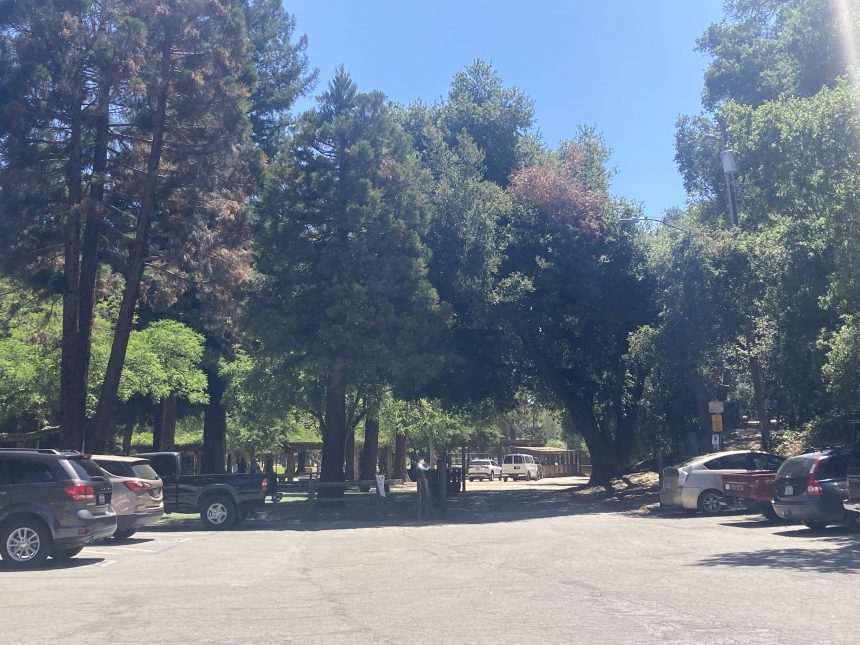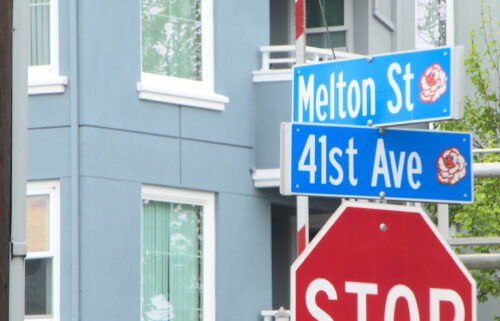Lummi Nation’s traveling totem pole makes a stop in Gilroy
GILROY, Calif. (KION) The House of Tears Carvers of the Lummi Nation are transporting a totem pole from Washington state to Washington D.C. and the Smithsonian.
On Saturday, the Lummi Nation traveled to Gilroy to bring their traveling totem pole where a praying and blessing ceremony was held and where participants are encouraged to touch and embue the pole with their thoughts and prayers.
The pole will stop at sacred indigenous sites throughout the country, and raise awareness about the issues facing the people who live in those communities including issues pertaining to the missing and murdered indigenous women, separation at the U.S. Mexico border, and the protection of Salmon runs and rivers.
Jewell James from the Lummi Indian Nation says with the movement of Native Americans going out to vote in 2020 and playing a crucial role in the Presidential election, they felt could do more.
"During that time we began to think about whether or not we had some statements that we would like to have delivered to the Department of Interior on behalf on Indian country and so we started talking about a possibilty of a totem pole across the nation and began to address the issues that we have depicted by the pole itself," said James.
Part of the reason for their travels is to highlight the local struggles of the location they're in. For example, the Lummi Indian Nation traveled to Gilroy to help the Amah Mutsun protect their sacred land called Juristac otherwise known as Sargent Ranch from turning into a sand and gravel mining location.
"Juristac is the most sacred site of our territory. It is a place where our spiritual leader Kuksui lived and it's also the palce where many of our most important and significant ceremonies were held," said Valentin Lopez, Chairman of the Amah Mutsun tribe.
The sand and gravel mining project that is being proposed is called Sargent Quarry. Currently, the project is undergoing an environmental review that includes an environmental impact report with tribal consultation from the Amah Mutsun.
According to a senior scientist for the Center for Biological Diversity, a project like this could be devastating to the area.
"It would destroy over 300 acres of habitat and it would pump over 160,000 gallons of groundwater every day and it would really be devastating for habitat and species that are in that area," said Tiffany Yap.
KION did reach out to the County of Santa Clara for further clarification, but they were not available.




